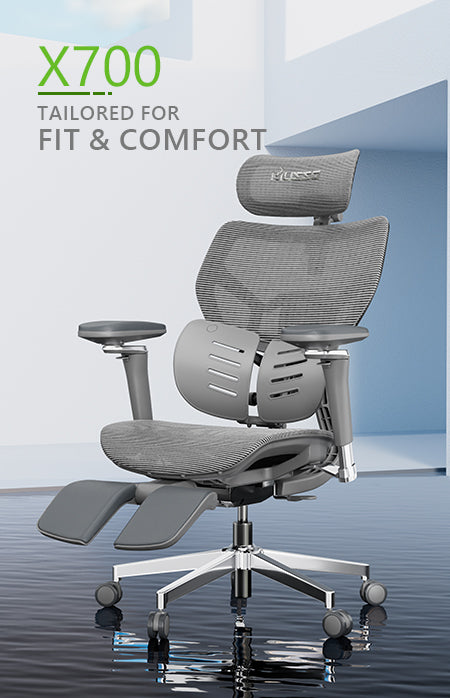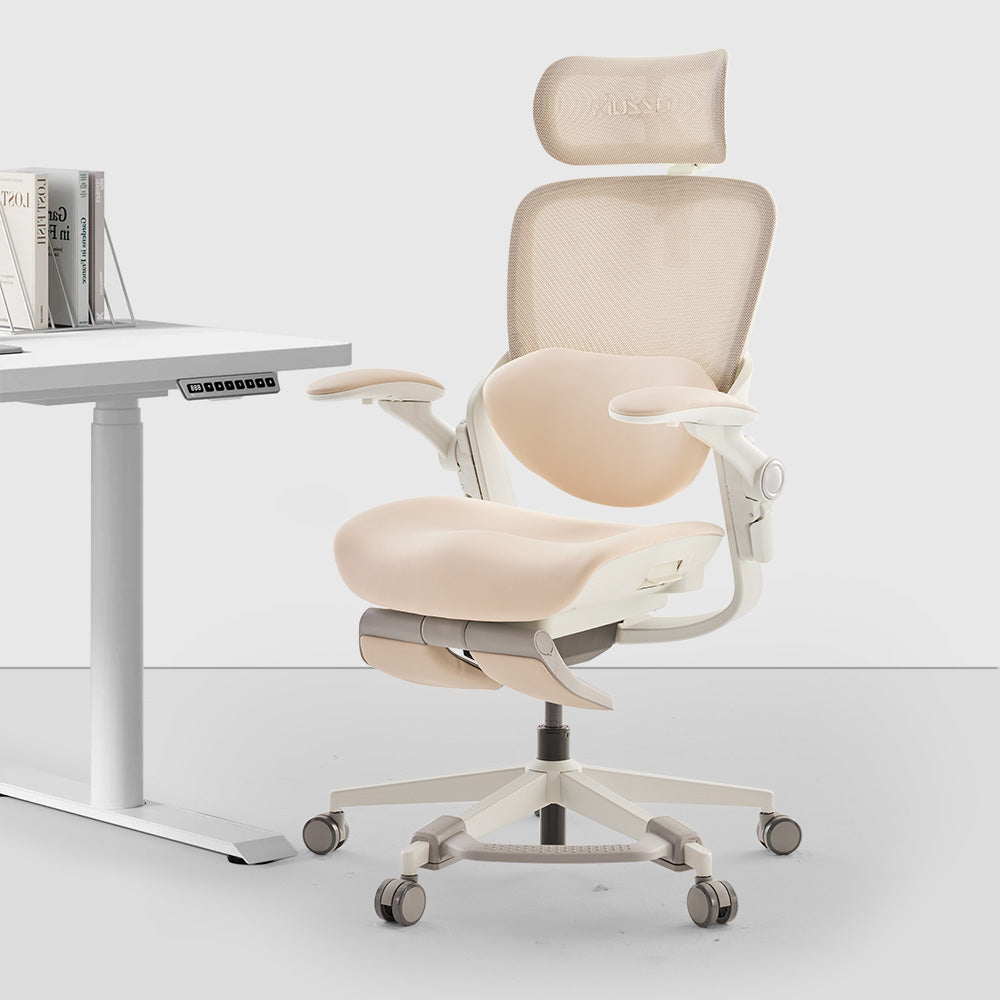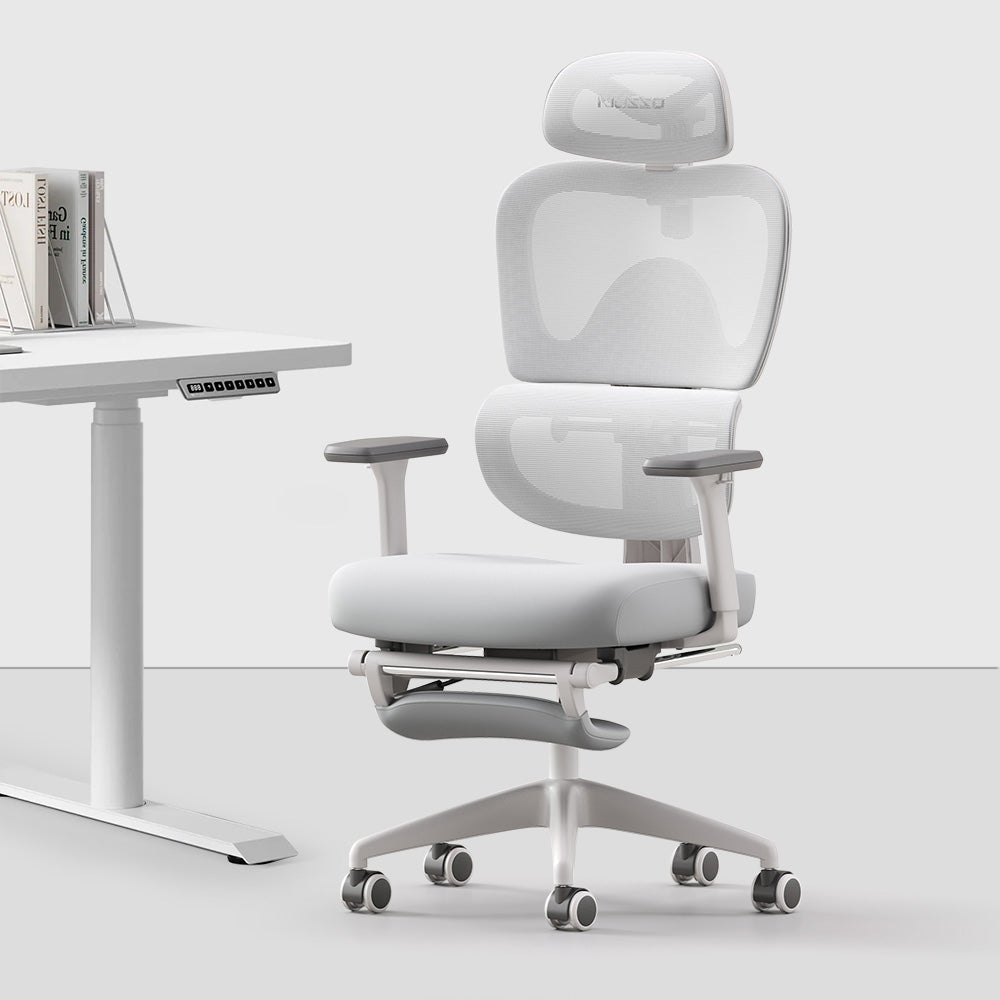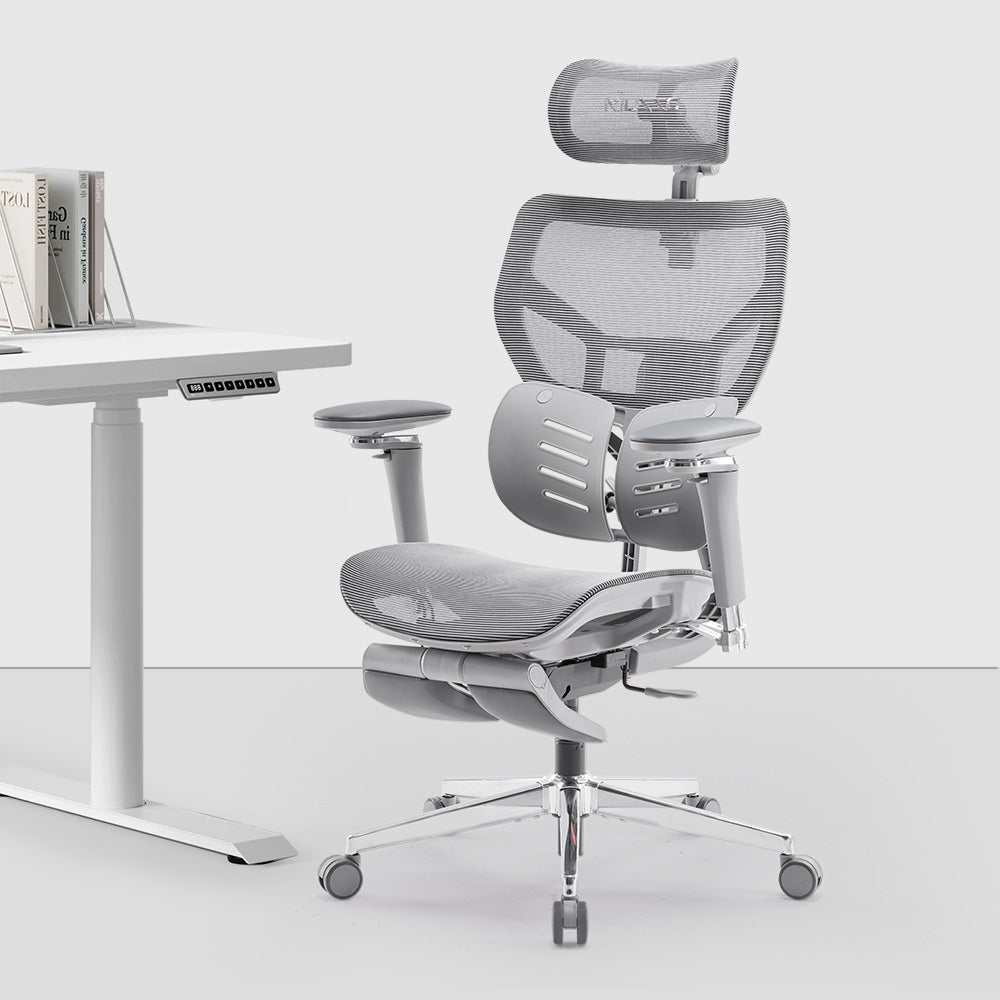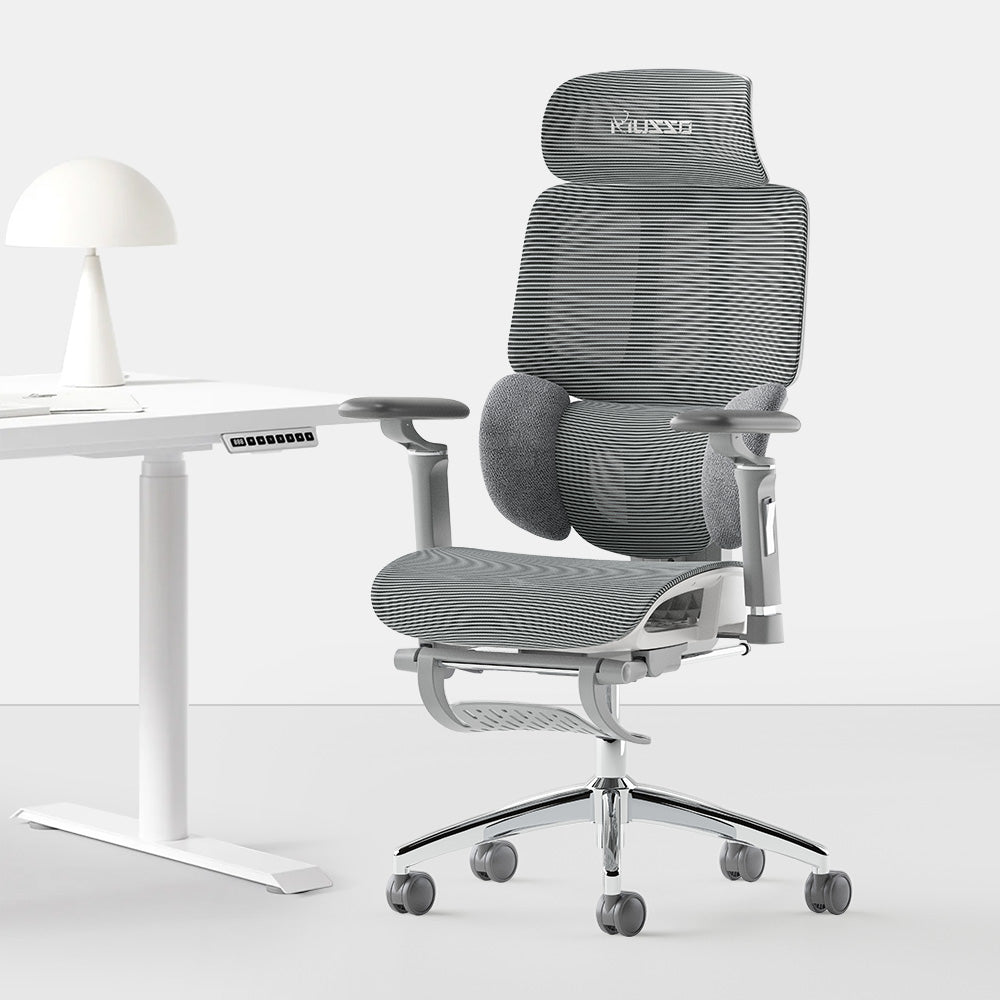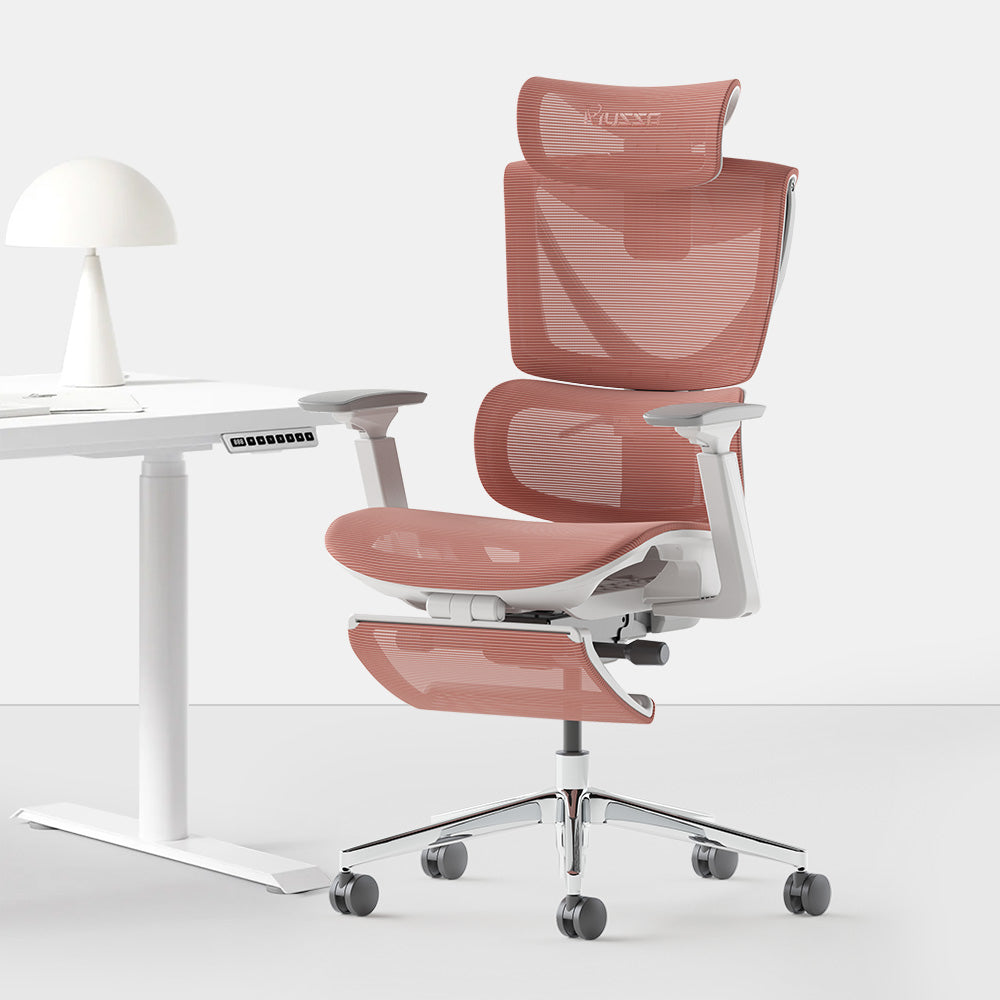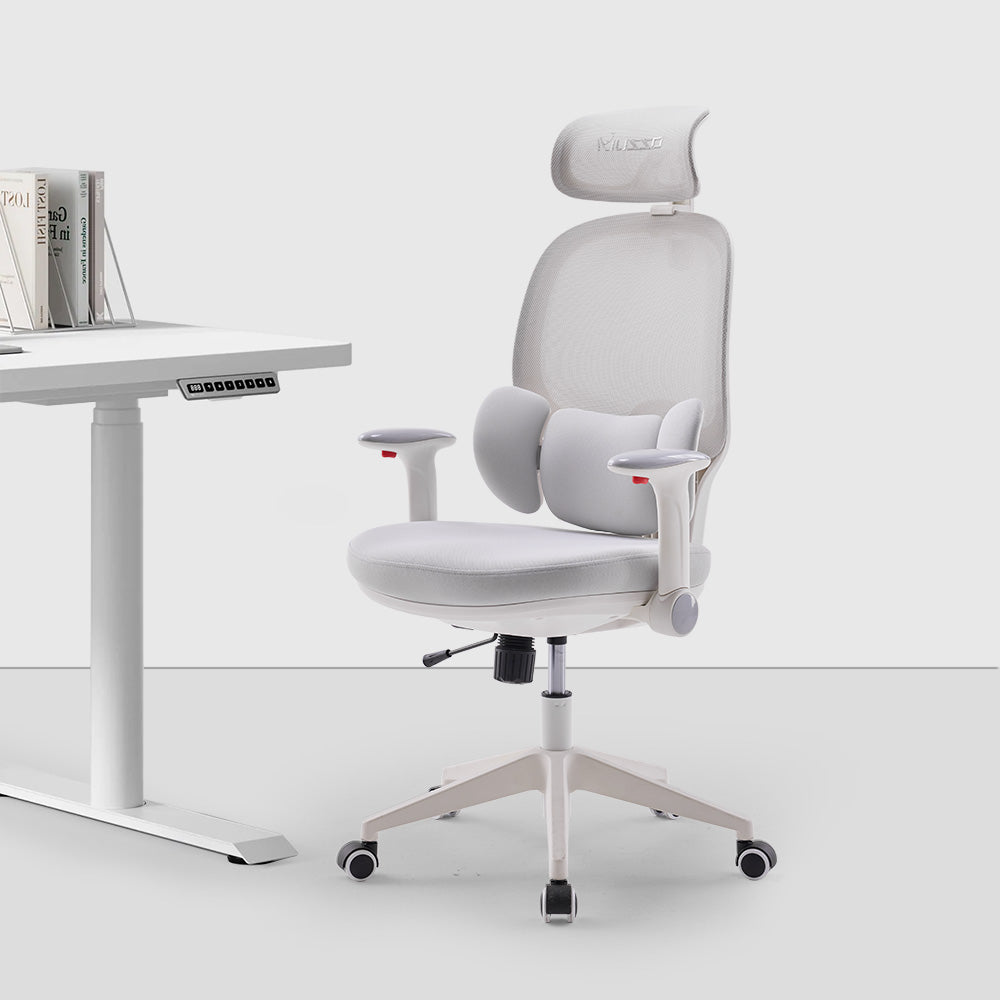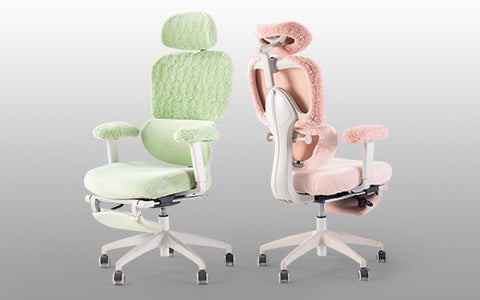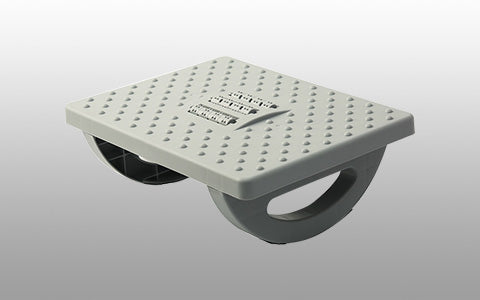Quick Menu
Enhance your understanding of disassembling ergonomic chairs with this detailed guide. Prepare yourself with the necessary tools and follow a systematic approach, referring to manufacturer's instructions for a seamless process.
Ensure careful handling of small parts and adhere to environmental guidelines for disposal. This guide outlines step-by-step procedures, prioritizing safety and eco-consciousness throughout.

Key Highlights:
- Essential tools are vital for the process.
- Consult manufacturer's instructions beforehand.
- Initiate disassembly systematically.
- Handle small parts with care to prevent loss.
- Follow manufacturer's guidance for hidden fasteners.
- Dispose of components in an environmentally friendly manner.
A Comprehensive Guide to Proper Assembly and Disassembly of Ergonomic Seating
When undertaking the task of assembling or disassembling an ergonomic chair, it's crucial to have the necessary tools and follow a methodical approach. Let's explore the intricacies of this endeavor.
Among the essential tools required are screwdrivers of various types and sizes, including flathead and Phillips varieties, essential for accommodating different screw types. Additionally, Allen wrenches, or Allen keys, play a crucial role, serving as necessary aids in the assembly process.
In adherence to prudence, it's advisable to consult the manufacturer's instructions or assembly manual, providing guidance throughout the process. A thorough review of these directives clarifies the tools required for the task at hand and outlines the assembly process in meticulous detail.
Before commencing the assembly process, it's essential to obtain the chair's instruction manual or assembly guide. In the absence of a physical copy, the manufacturer's website provides bespoke instructions tailored to the specific nuances of the ergonomic chair model.
Proceeding with caution, one embarks on the task of disassembling the chair, guided by the manufacturer's instructions. This involves a systematic deconstruction of each constituent part, identifying attachment points such as screws, bolts, and fasteners that secure the chair together.
The disassembly process begins with the removal of the seat cushion and backrest from the chair frame, adhering meticulously to the manufacturer's prescribed method for addressing the securing screws or clips.
Subsequently, the removal of armrests and casters follows, as one carefully unscrews or detaches these attachments from the chair frame, addressing any fasteners or wheels that may impede the process.
If applicable, proceed with the disassembly of the chair's base and gas lifts, employing appropriate measures to detach the base from the seat frame mechanism, as per the manufacturer's specifications.
With meticulous care, disengage the gas lift cylinder from the chair's base, adhering diligently to detailed instructions contingent upon the design of the chair's base and seat assembly.
Prudent handling and organized storage of small parts, including screws and bolts, during the disassembly process mitigate the risk of misplacement during subsequent reassembly. In cases where hidden fasteners are encountered, diligent examination is warranted to ensure their meticulous retrieval.
If circumstances necessitate, detach upholstery or fabric covering from the chair components to facilitate environmentally conscious disposal options, including the recycling of metal frames and plastic parts.
This comprehensive guide elucidates a structured approach to the assembly and disassembly of ergonomic seating, grounded in the principles of meticulous craftsmanship and mindful of ecological considerations.
Frequently Asked Questions about Disassembling an Ergonomic Chair 1. How can I safely disassemble an ergonomic chair?
To disassemble an ergonomic chair safely, it's essential to meticulously follow the manufacturer's instructions. Begin by identifying attachment points such as screws, bolts, and fasteners holding the chair together. Then, systematically dismantle each part, starting with the seat and back components, followed by armrests, casters, base, and gas lifts.
2. What tools are required for disassembling an ergonomic chair?
Commonly needed tools for disassembling an ergonomic chair include screwdrivers (both flathead and Phillips head), Allen wrenches, and possibly other specialized tools as specified by the manufacturer. Refer to the chair's manual or assembly guide for specific tool requirements.
3. Where can I find detailed instructions for disassembling my specific chair model?
Before beginning the disassembly process, locate the chair's manual or assembly guide. If you don't have a physical copy, visit the manufacturer's website for detailed instructions tailored to your specific ergonomic chair model.
4. What are the steps for disassembling the base and gas lifts of an ergonomic chair?
To disassemble the base and gas lifts of an ergonomic chair, carefully follow the manufacturer's instructions. Typically, you'll need to unscrew or detach the base from the chair seat frame mechanism, followed by disconnecting the gas lift cylinder from the base. Use appropriate tools and techniques for each step.
5. How should I handle small parts and challenges during reassembly?
During disassembly, it's crucial to keep track of small parts such as screws, bolts, and other components. Utilize containers or bags to organize and store these parts to prevent misplacement during reassembly. Follow the manufacturer's instructions closely to address any challenges encountered during reassembly effectively.
6. Are there any tips for dealing with hidden fasteners during disassembly?
While disassembling the chair for cleaning or maintenance, check for concealed screws or fasteners hidden beneath covers or upholstery. Refer to the manufacturer's guidance for cleaning individual components to maintain the chair's longevity and functionality.
7. How can I dispose of the chair's components in an eco-friendly manner?
If necessary, detach upholstery or fabric covering from the chair components for environmentally friendly disposal options. This may involve recycling metal frames, plastic parts, and other materials separately. Adhere to local recycling guidelines for proper disposal methods.
8. What should I do if I encounter difficulties during the disassembly process?
If you encounter difficulties or have any questions during the disassembly process, refer to the manufacturer's instructions or contact their customer support for assistance. Avoid forcing any components apart, as this may cause damage to the chair.
By following these FAQs, you can ensure a smooth and efficient disassembly process for your ergonomic chair while addressing common queries and concerns.

